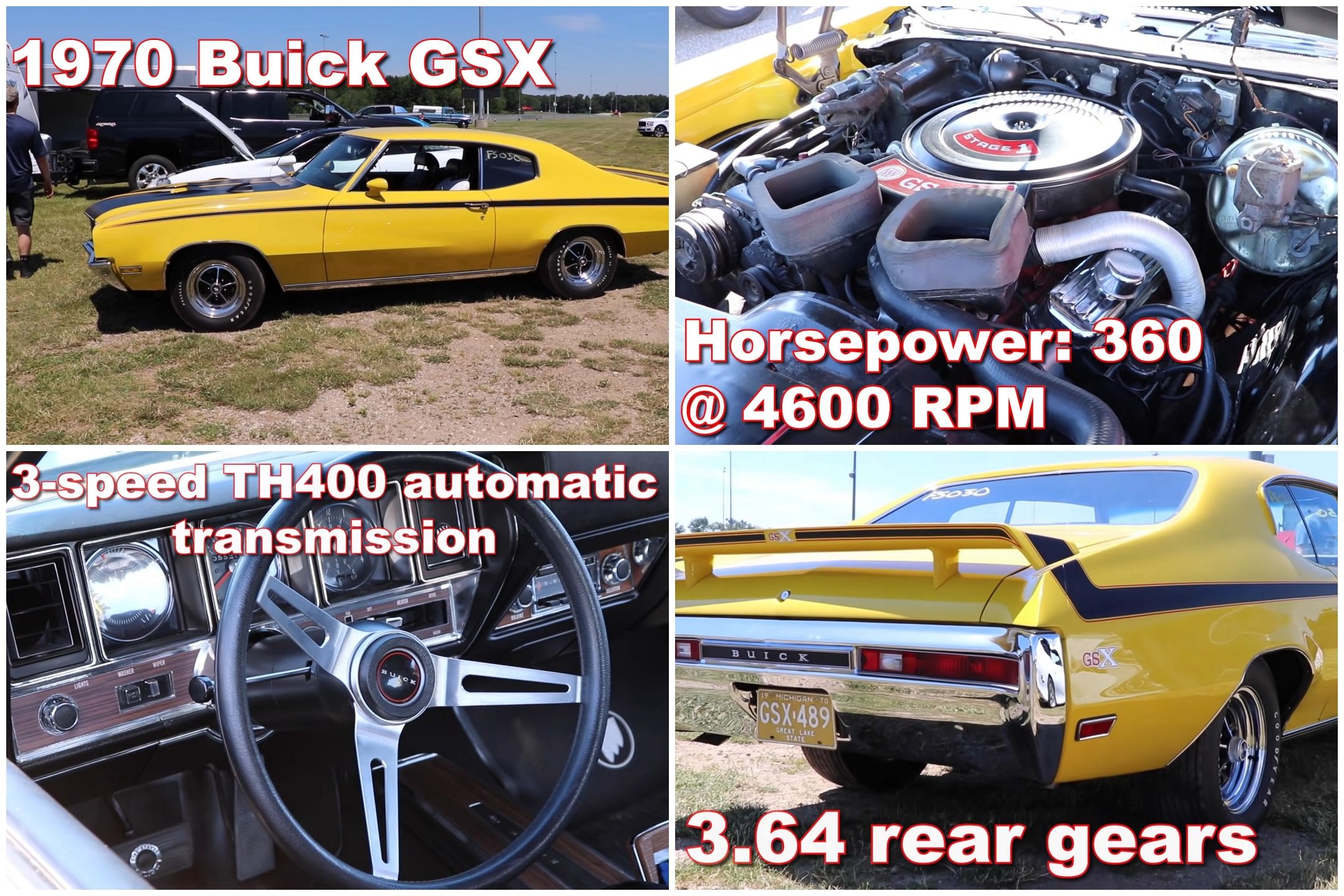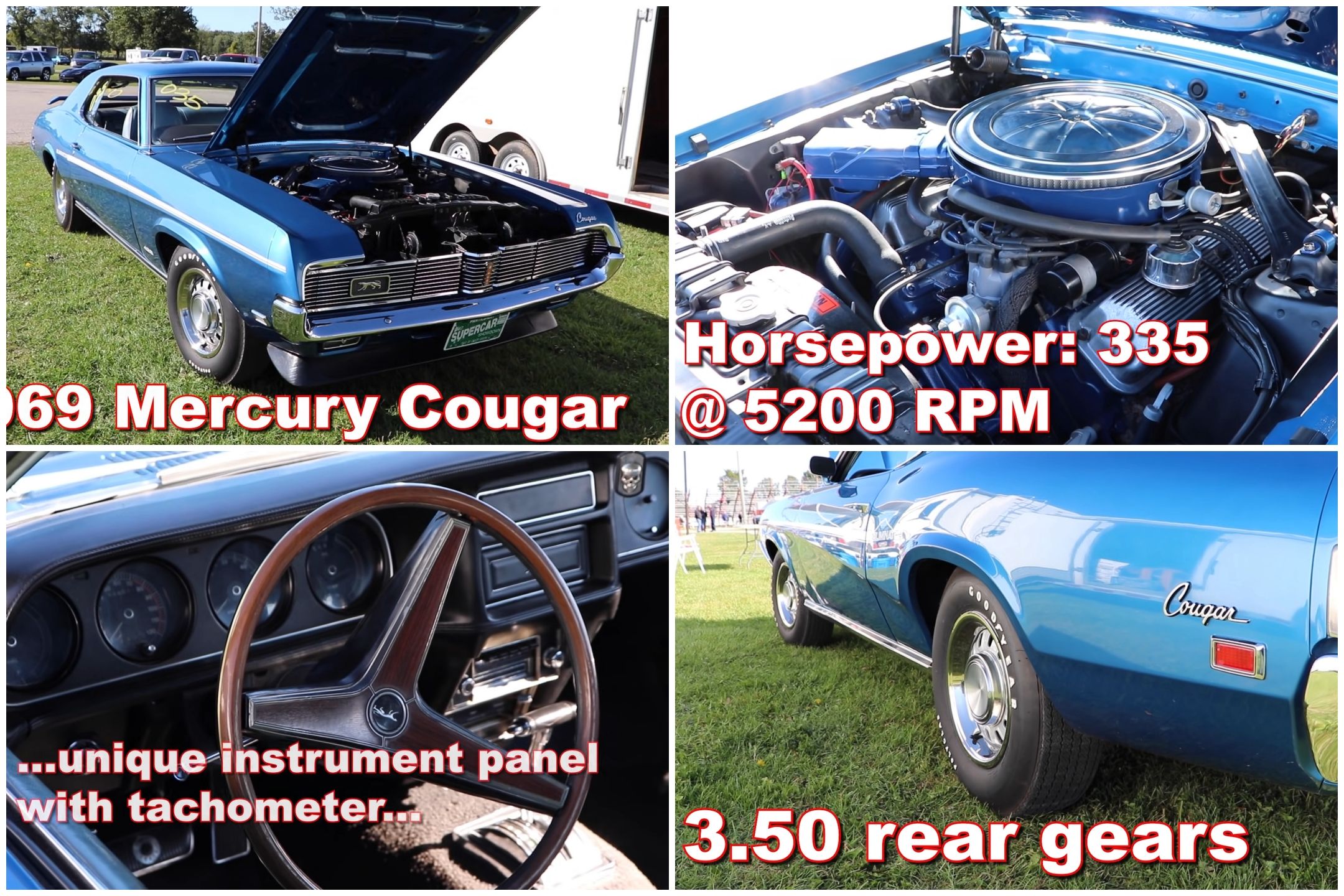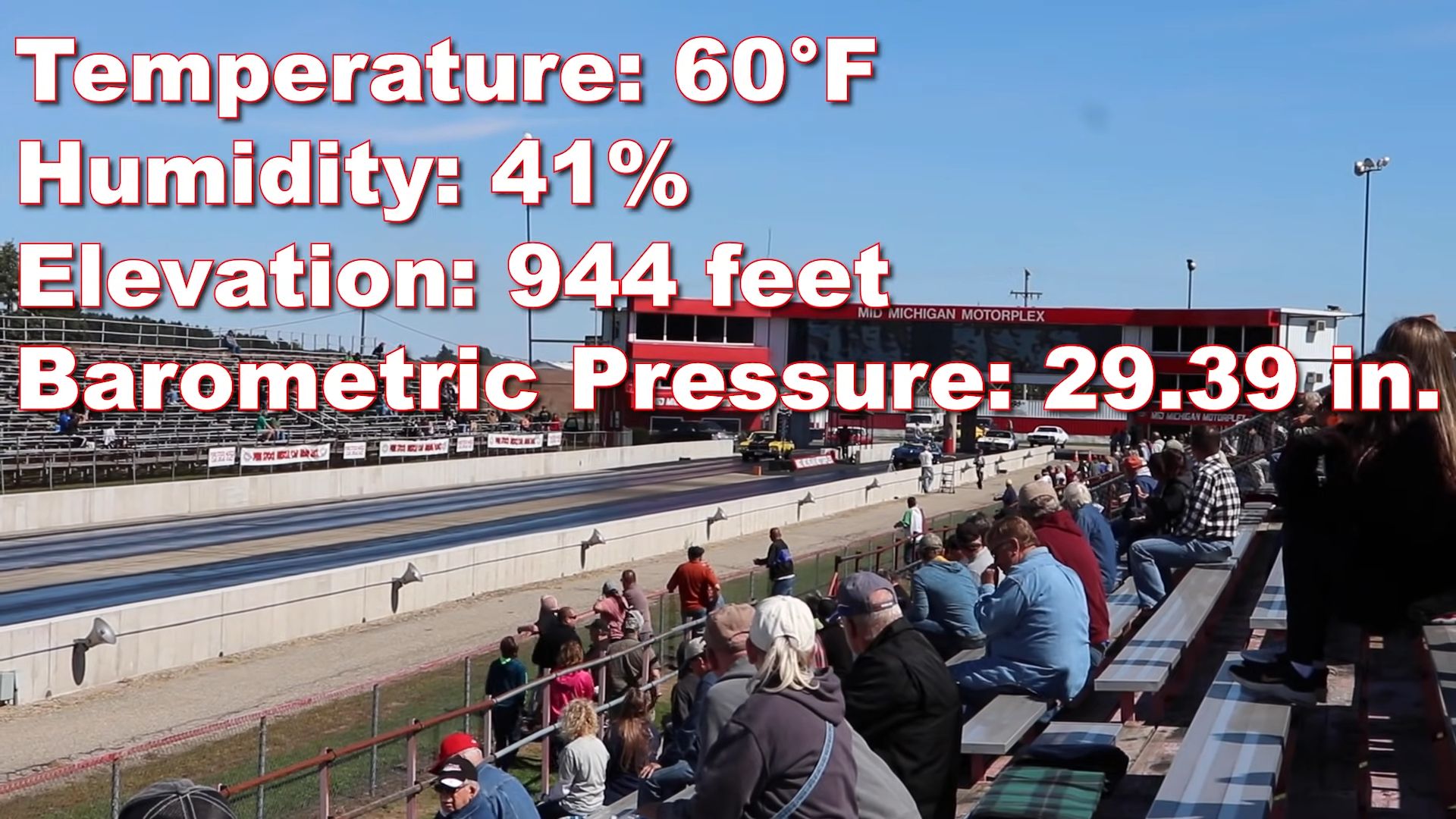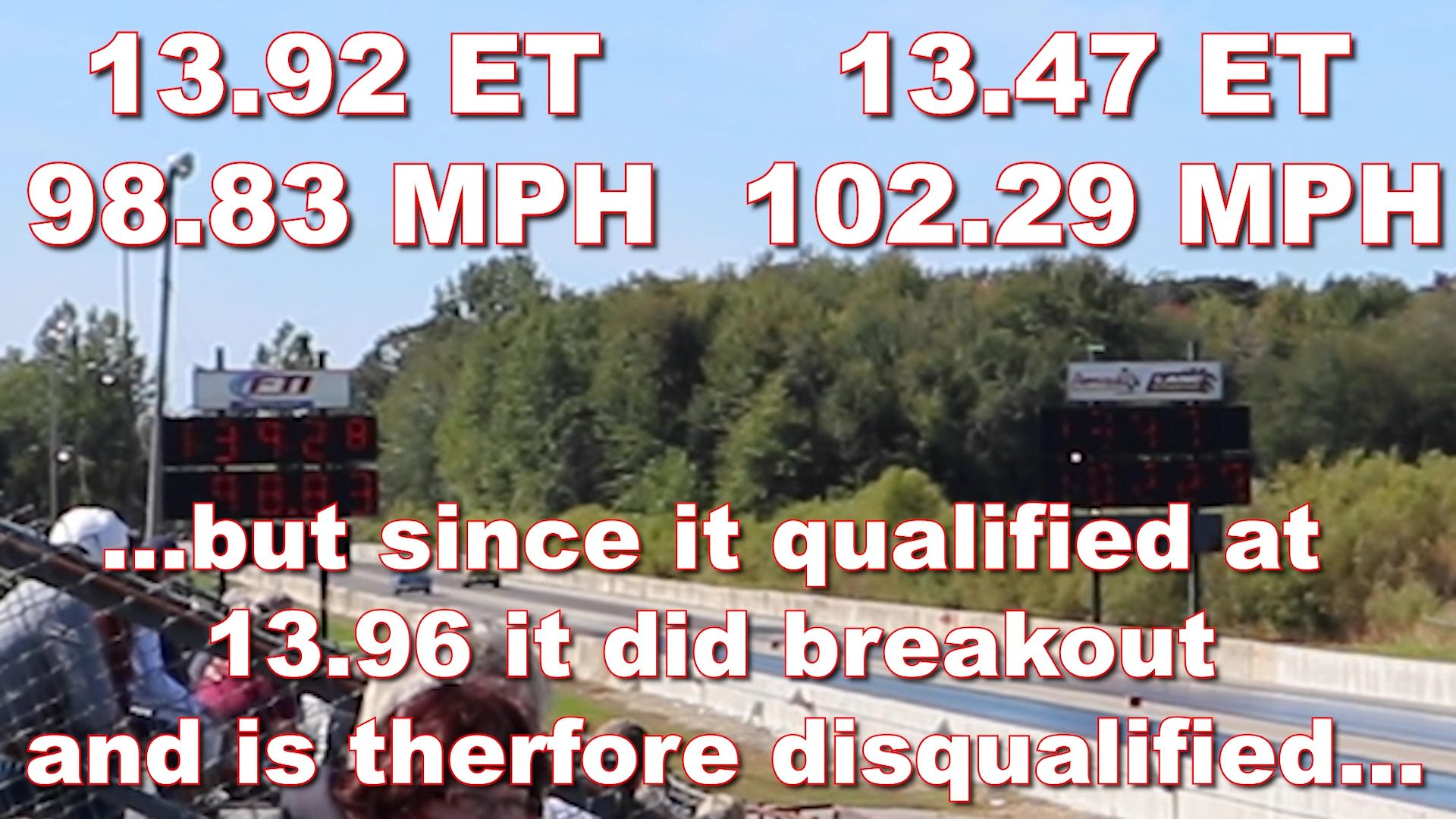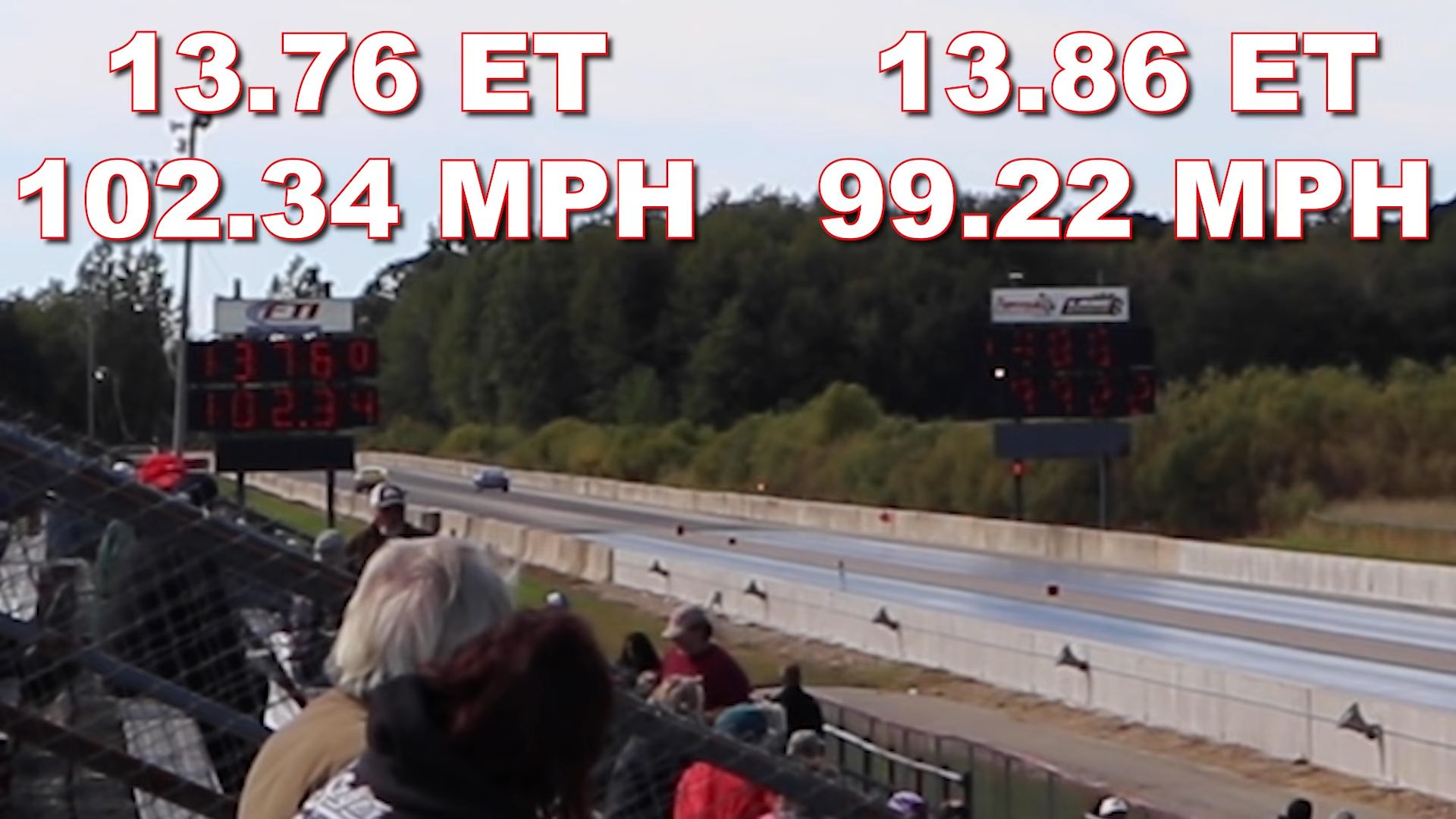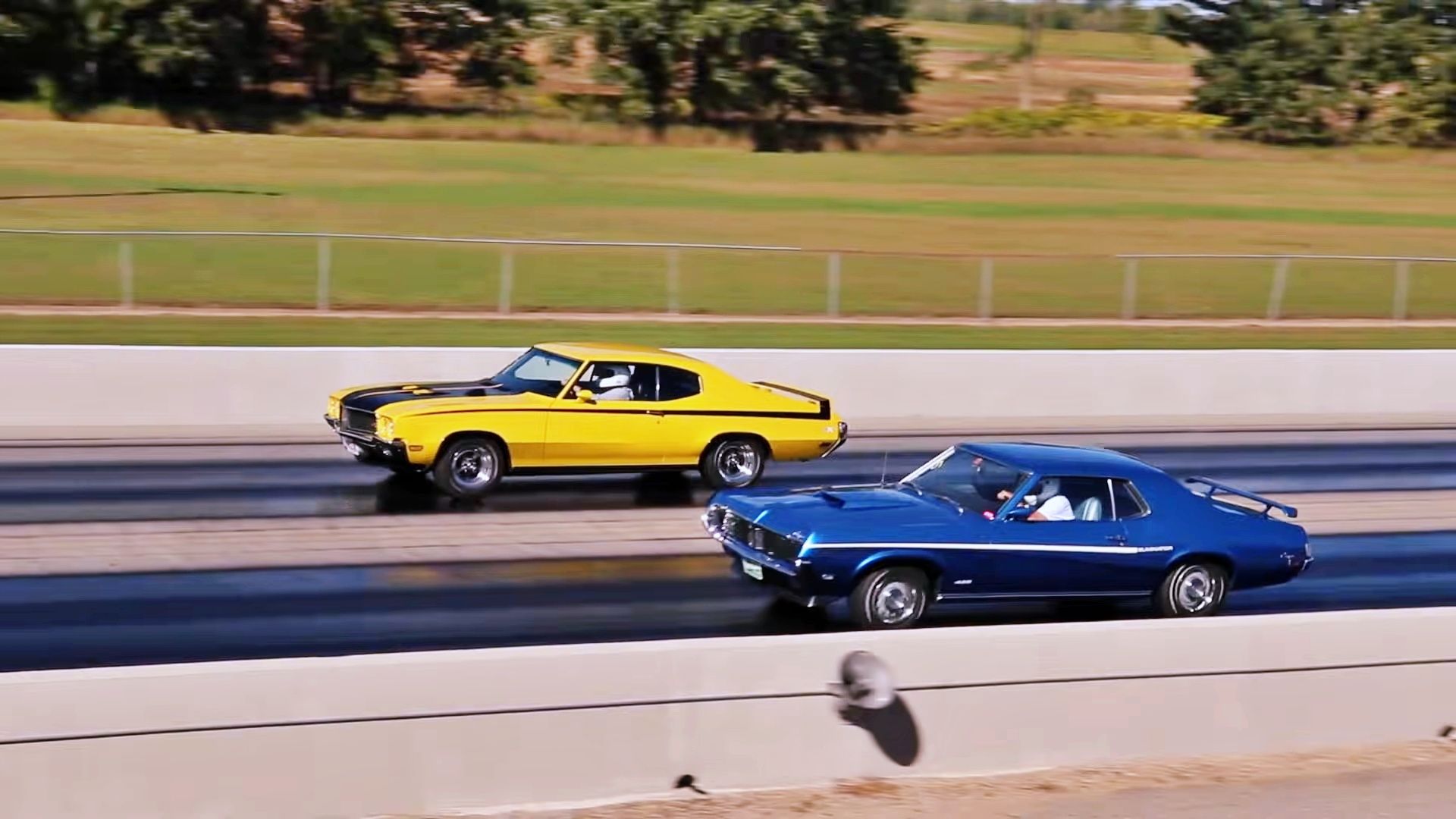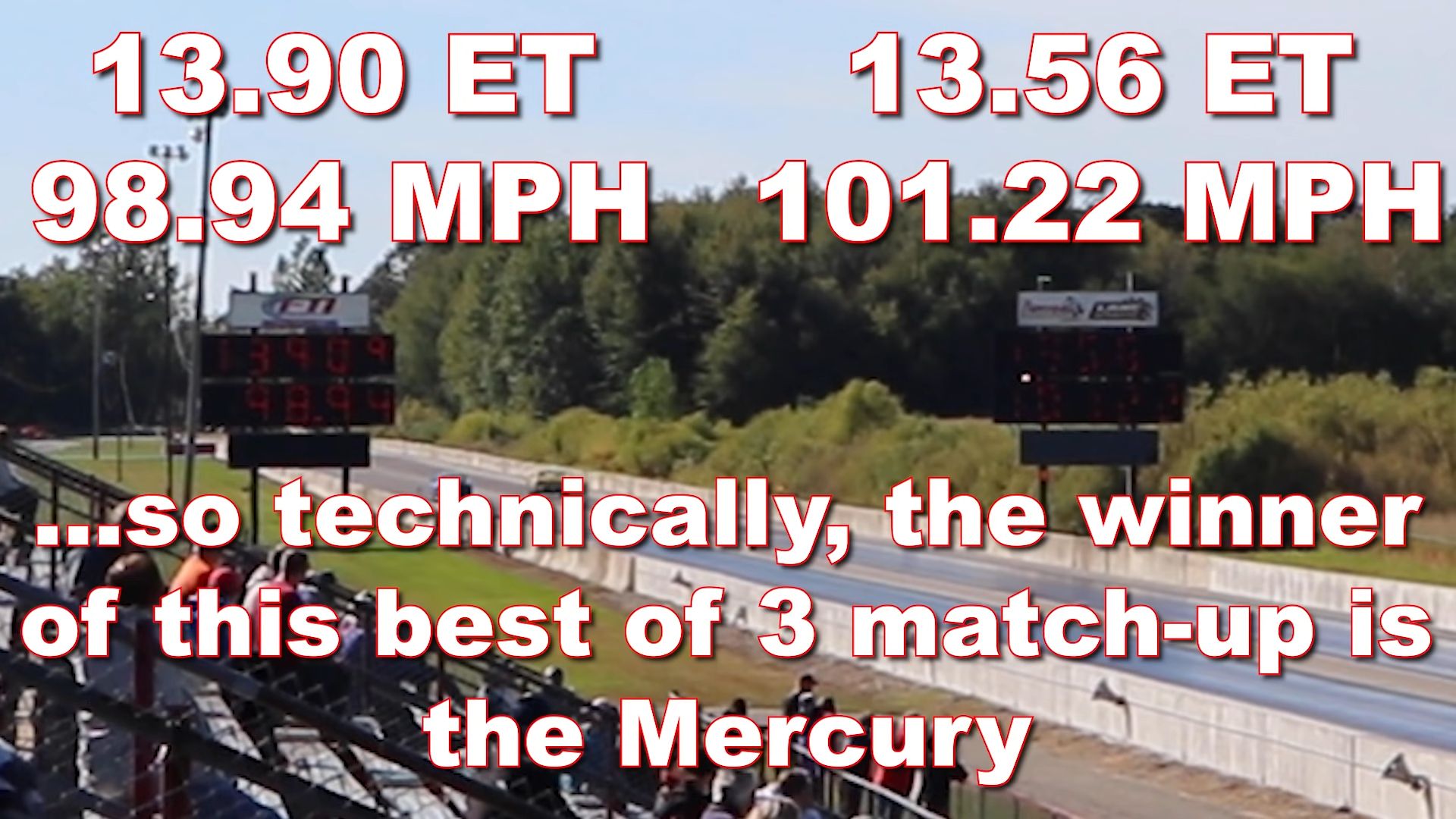You asked for it here, and here it is; the Buick GSX, an example from 1970 taking on a '69 Mercury Cobra Jet for a round of pure stock drag racing in a video by Cars And Zebras. You can take a look at the rules for the pure stock muscle car drag race series on the PSMCDR website. Let's dig into the numbers, shall we?
1970 Buick GSX Stage 1
In the yellow corner, we got a 1970 Buick GSX. Under the hood lies a Stage 1 455 V-8 that put out 360 horsepower and 510 pound-feet of torque. It had a compression ratio of 10.5:1. This example features a TH400 three-speed automatic transmission, specially calibrated for Stage 1 with a former shift into 3rd gear.
As tested by MotorTrend in 1970, 0-60 mph was rated at 5.5 seconds along with a 1/4 mile time of 13.38 seconds at 105.5 mph. You had 3.64 rear gears on the GSX. Weight including driver was 3,998 pounds. Just 280 examples with the Stage 1 tune were ever made.
The GSX also included:
- Heavy-duty shocks
- Heavy-duty anti-roll bar
- Heavy-duty cooling
- Power front disc brakes
- Buick Rallye Chrome plated wheels with G60x15 tires
- A hood-mounted tachometer
- GSX stripes
1969 Mercury Cougar 428 Cobra Jet
Meanwhile, in the blue corner, you've got this handsome 1969 Mercury Cougar. This is the Eliminator. Under the hood lies the optional 428 Cobra Jet V8 that produces 335 horsepower and 440 pound-feet of torque. It has a compression ratio of 10.6:1. This particular example has the Select-shift 3-speed automatic transmission.
No original testing is available, but Car and Driver tested a '69 Mustang 428 CJ and it did 0-60 mph in 5.7 seconds and ran the 1/4 mile in 14.3 seconds at 100 mph (the Stang is 250 lbs lighter than the Cougar). You've got 3.50 rear gears. The Mercury tips the scales at 3,820 pounds including the driver. Just 162 of the Cougar Eliminator CJ were produced.
The Eliminator included
- Bucket Seats
- A unique instrument panel with a tachometer
- A rear wing
- Front chin spoiler
- A hood scoop with Eliminator stripes
The Races
Round 1
For the first round, you've got the GSX in the right lane and the Cougar in the left. The lights go out on the Christmas tree. The two cars couldn't have asked for a better launch off the line, but by the mid-way point, it was the Buick that was ahead not more than a car length. It eventually went on to take the win with an ET of 13.47 seconds at 102.29 mph. A clean win for the Buick GSX. However, the win was taken away from the GSX as it had qualified with a time of 13.96 seconds
Round 2
The two cars switch lanes for the second pass and this time around, the Cobra Jet had it easy, or did it? Yes, 200 feet into this duel, the Mercury was ahead by a long shot, but believe it or not the GSX managed to claw back some ground. It had a better ET of 13.76 seconds at 102 mph, but the Cougar did cross the line first, thanks in part to the driver's better reaction time. So, the Mercury took round two.
Round 3
It all comes down to this final round. You've got the GSX once again occupying the right lane and the Cougar in the left. Owing to the Buick's stellar performance in round two, I was rooting for the GSX. Let's see if I'm right. The hammer drops and both cars got off the line pretty well. It was a close match and the Buick just about managed to hold off the Cobra Jet. The GSX had an ET of 13.56 at 101.22 mph. But strangely, due to the breakout rule, it was disqualified.
To sum it up
The beauty of this form of racing is that drivers may only make limited modifications to their cars, which would ensure close racing between competitors of these old-school muscle cars from Detroit and these two brutes certainly make a good case for it.
You can catch the entire race in the video below


